Arts, Culture and Movement Building
.jpg)
Last month, our community of social justice leaders came together to dream and strategize about arts and culture. Two feminist activists came together to lead that conversation. Spring Associate and storyteller Purity Kagwiria teamed up with Zimbabwean artist Rudo Chigudu for an immersive live chat in April 2022 edition of our Leap of Leadership meetup.
“Arts and culture [are really about] providing hope and inspiration in a world that doesn’t always feel like it’s holding us gently,” Rudo reminds us.“We’re always telling stories. Even when we’re silent, there’s a story we are telling … So how do we become intentional about the stories we do tell?”
Listen to the 25-minute audio recording of the conversation’s highlights and read on for some key strategies you can experiment with to harness the power of storytelling in your work ... and to make sure culture is at the heart of how you make change.
Takeaways
We all have our own relationships to art and have been shaped by it in different ways — whether it’s the teamwork taught by learning traditional group dances or the ability to get in touch with your body through improv skills learned in a theatre class.
At the same time, art can be a bridge for cultural understanding, opening up new communications channels, breaking taboos and bringing new language to the fore. This is powerful, but it can also be a lonely place to be for those bridge-builders working in the murky middle, trying to move people from A to B.
So how can you use art and stories to seed new change or reinforce a positive change that’s already dawning? Here are two quick takeaways that you can remember and apply in your work. First, storytelling is a double-edged sword; it can spread both harmful and empowering messages so it’s important to be intentional about it. Second, art is culture; so, be where the people are if you want to make a real and lasting impact. The sections below offer some perspectives you can take with you and build into your own social justice practices.
Put it into practice: Get intentional with storytelling
“Storytelling is the source of the problem,” says Rudo, “[but] it’s also a beautiful opportunity.” Reflect on the stories you know about race, class, gender, power, etc. What do they say about the problems and solutions that exist in the world? If you want to use storytelling in your social change work, ask yourself these four questions about the issue or institution or moment of change at hand:
- What are the stories I have been told?
- Which of these stories are problematic and why?
- How have I internalized these stories and been complicit in their reproduction?
- What alternative stories exist and how can I shift the narrative?
No matter the medium of your art or the form of your communication, these questions will put you on a path to nurturing a social discourse that looks and sounds different. You can also do this work on a personal level, exploring the stories being told about you (especially the ones you tell yourself) and how they are helping or hindering your leadership.
“Arts and culture [are really about] providing hope and inspiration in a world that doesn’t always feel like it’s holding us gently,” Rudo reminds us. “We’re always telling stories. Even when we’re silent, there’s a story we are telling … So how do we become intentional about the stories we do tell?”
Put it into practice: Be where the people are
Today, as activists and advocates for social and political change, we’re bombarded with the reality that civic space is shrinking. Around the world, governments are making it harder to speak, protest, report and act on injustice. As dire as this is, Rudo shifts concern about shrinking civic space on its head. All is not lost. In fact, the growing preoccupation with these institutional spaces might be sapping energy from other arenas for social change — arguably, the most important ones.
It’s problematic that many efforts at resistance and social and systemic change aren’t centring culture. It’s important to think beyond the state-sanctioned and non-profit-led spaces, as well as beyond the written word of leaflets and posters non-profits tend to churn out. “Be where the people are,” says Rudo, and tap into the ways they are already communicating and relating to one another. Even as civic space shrinks, we can still find the spaces where people are, where communities and culture are thriving.
Recommended Resources
Strategies for Building an Organization with Soul. By Hope Chigudu and Rudo Chigudu. African Institute for Integrated Responses to VAWG & HIV/AIDS (AIR). 2015.
Strategy and Analysis Resources. The Centre for Story-based Strategy. From story-mapping tools to card decks to on-demand and live trainings, check out the CSS’s array of narrative tools.
Rudo is a Zimbabwean feminist and artist-activist. She has long anchored her work in the arts, harnessing it as a tool for advocacy, self-expression and public awareness. Rudo is a recipient of human rights defender awards in 2011 and 2013 awarded by Crisis Coalition in Zimbabwe and Zimrights.
Leap of Leadership is Spring’s monthly online meetup for social justice changemakers around the world. Each month, we tackle cutting-edge topics through new tools, concrete practices and exchanges with peers. Learn more or sign up to join our monthly drop-in sessions and receive our monthly emails.
Tags:
Leap of LeadershipMay 30, 2022

